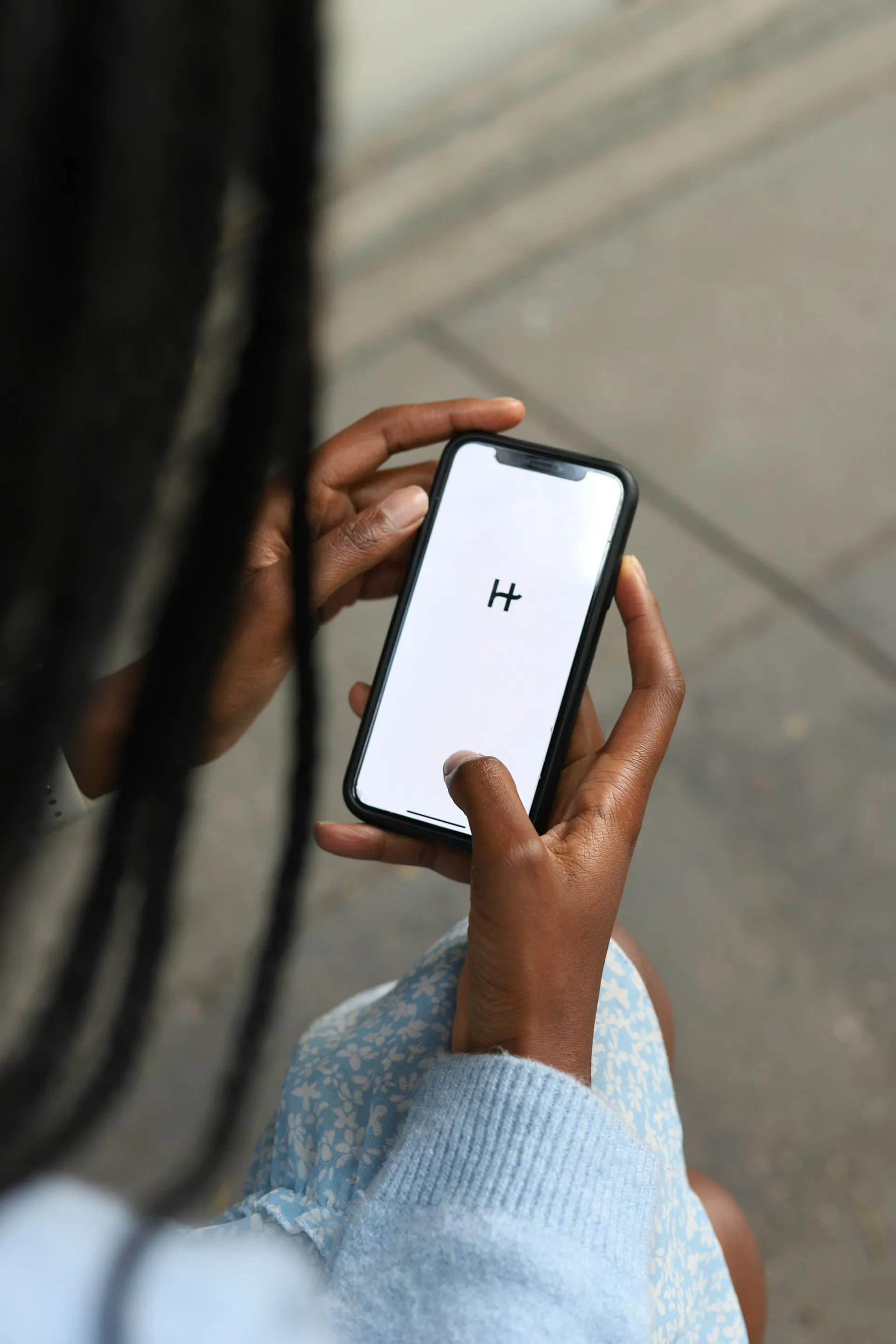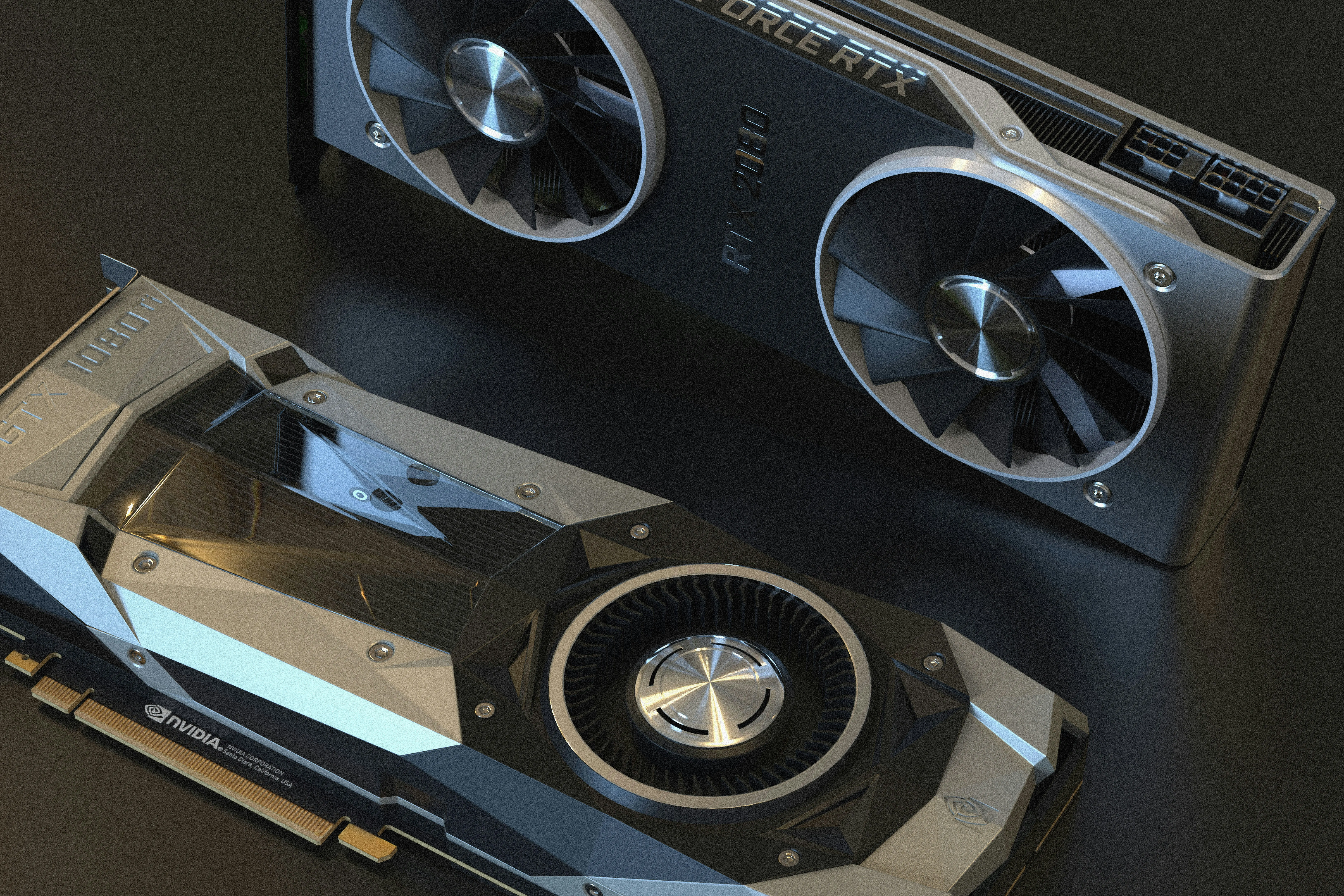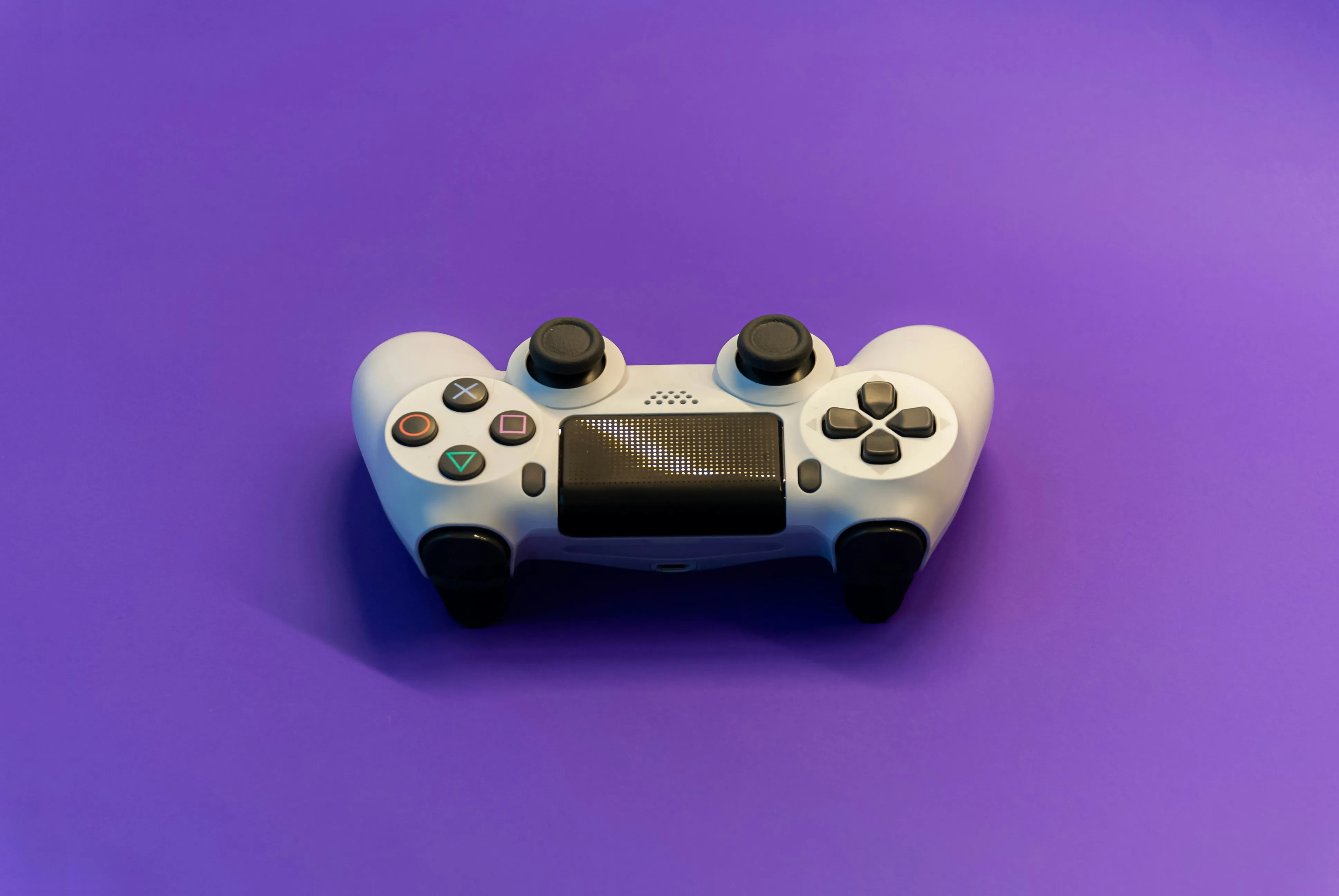"What is dead may never die." That's easily one of the best lines (and episode title) from HBO's Game of Thrones series. While the saying may ring true for the Ironborn, it's not quite as catchy when it comes to batteries.
Lithium-ion batteries power tons of consumer electronics and have even made their way into hybrid and electric vehicles. But unlike normal AA and AAA alkaline batteries, lithium-ion batteries for your electronics can be pretty expensive to replace.
Lithium-ion (Li-ion) batteries are rechargeable, but even rechargeable batteries have a limited number of cycles before they start to degrade. Over time, they take longer to power up and lose their charge much more quickly.
Here's a look at how they work.
So, if the lithium-ion battery in your smartphone has seen better days, there are a few things you can try to bring it back to life before spending the cash to replace it.
Full Recharge
If your battery can't hold its charge anymore and drains extremely fast, you might be able to save it by doing a full recharge. You'll need to completely drain the battery for this to work, so once it reaches zero percent, keep turning it back on until it doesn't even have enough power to boot. Now, plug in the power cord (to a power outlet) and let the battery charge for at least 48 hours.
If the battery you're trying to fix goes with a device you use on a daily basis, you'll want to do this over a weekend or find a backup you can use for a couple of days.
Jump-Start
Sometimes, all you need is a little push to really get going, and for electronics, that push is called a jump-start. Unless you have incredible driving luck, you've probably had to jump-start a car once or twice, and the process for a lithium-ion battery is pretty similar (but not quite as dangerous).
WARNING: Dealing with wiring always poses a danger, so be cautious and make sure you fully understand the process before starting.
Remove the battery from the device, noting the negative and positive feeds. Find a USB cord you don't mind sacrificing and cut off the smaller end or B connector, exposing the positive (red) and negative (black) wires inside.
Plug the cable into your computer and touch the exposed wires to the corresponding feeds on the battery. After some time, the battery should be revived and able to charge. Check out the video for more details.
Here's another example using a laptop battery pack.
And if you're daring enough, you can try the next option...
Repair
If your battery is actually damaged, you can repair it yourself with a soldering iron (and a little confidence). Again, I must warn you that dealing with batteries and electronic devices carries some inherent risk, so proceed with caution.
The battery cell in the video below is a rechargeable lithium-ion cell from a laptop battery pack. Since the positive terminal on the cell was not making contact with the internal power source, the entire battery pack became useless. To repair the connection, Furu Levi soldered a ring shape on the positive end of the cell so that it made contact.
Check out his video guide below to see the process step by step.
And as a last resort...
Replace
If you want to err on the side of caution and guarantee your battery will work, go ahead and buy a new one. The price of lithium-ion batteries has dropped significantly as the demand has increased over the last few years due to the influx of small electronic devices. You can search online using your product number or visit a local retailer to find the exact battery your device needs.
Got any other tips for dealing with busted batteries? Let us know in the comments below.
Images via Andy Melton, DuEn.1, Alper Çugun






















Comments
Be the first, drop a comment!